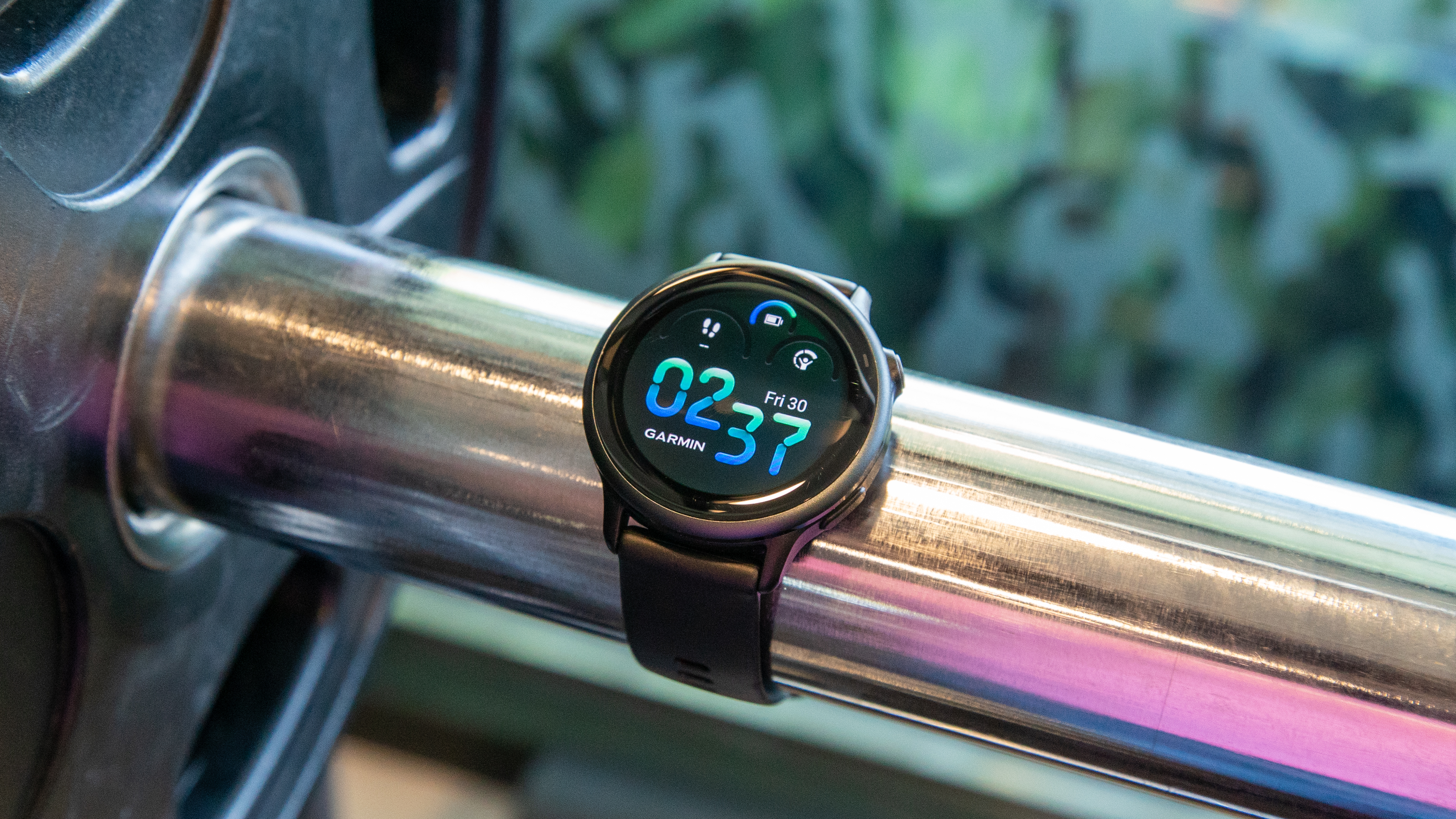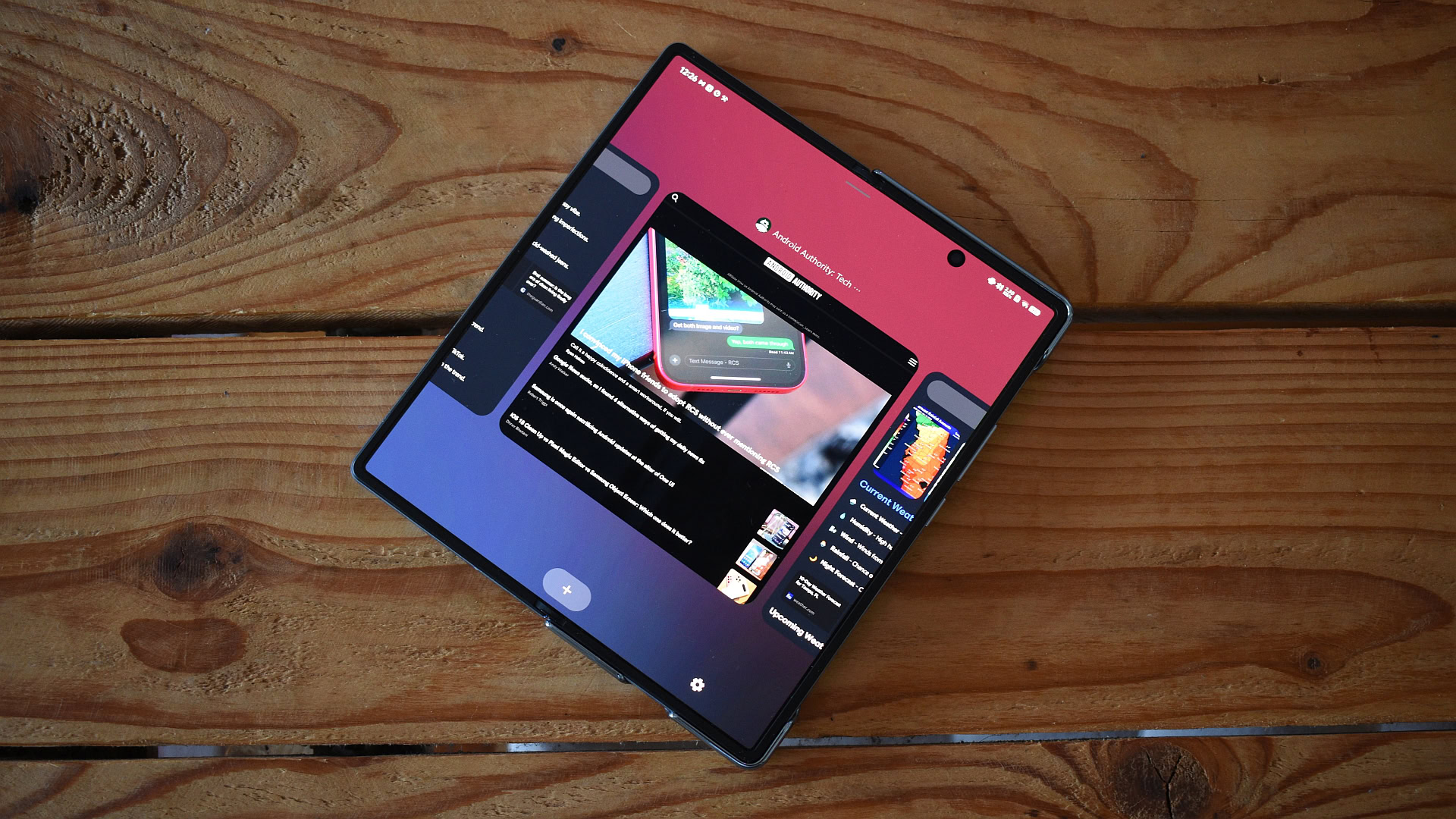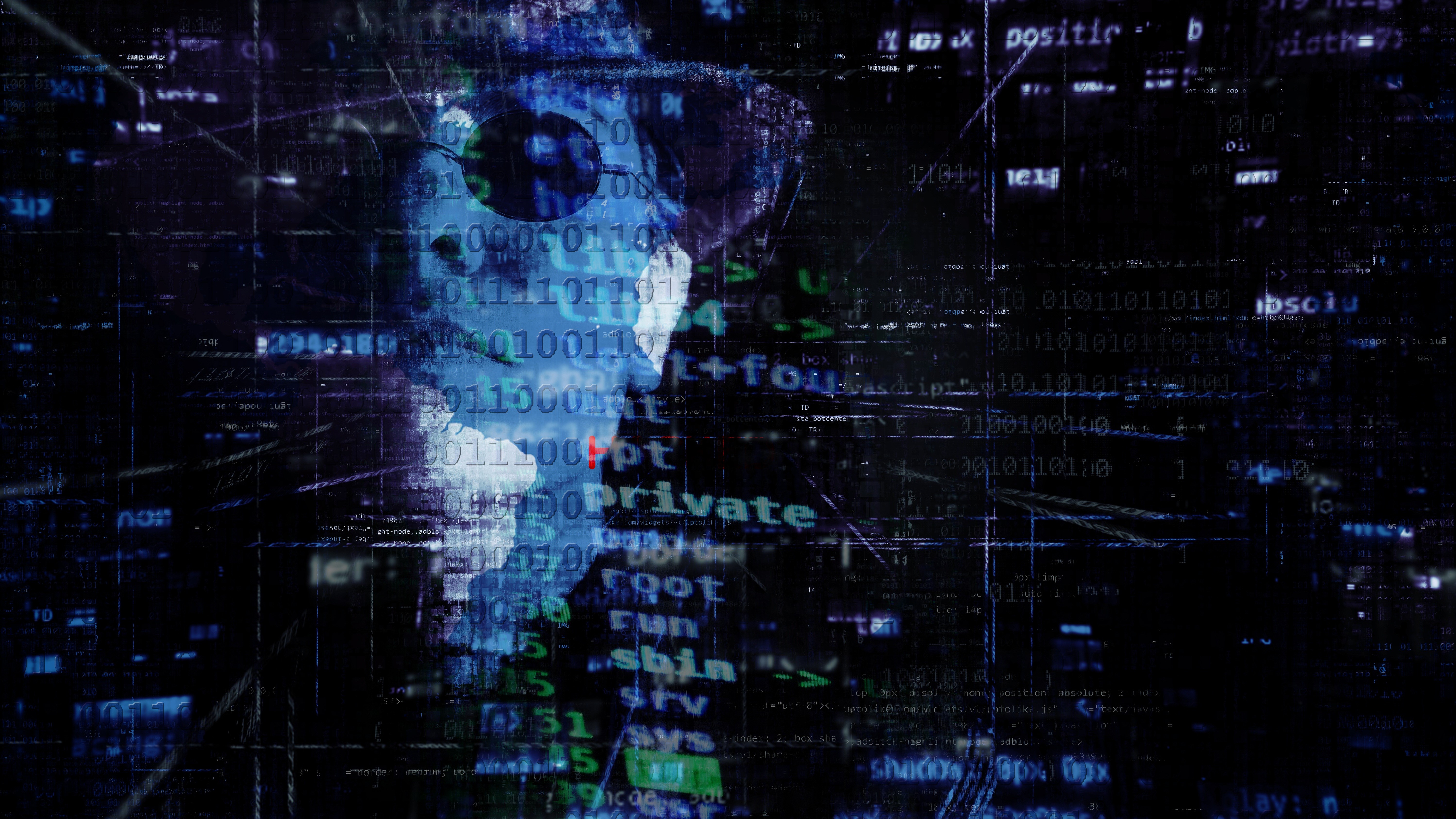Detecting Evolving Phishing Campaigns in 2025 Cyber Environments
Cybersecurity experts are warning of a dramatic shift in phishing attack strategies in 2025. Threat actors are leveraging artificial intelligence to create hyper-targeted campaigns that bypass traditional security measures. While overall phishing volume has dropped 20% compared to 2024, attacks have become significantly more sophisticated, personalized, and difficult to detect. AI Powers a New Generation […] The post Detecting Evolving Phishing Campaigns in 2025 Cyber Environments appeared first on Cyber Security News.

Cybersecurity experts are warning of a dramatic shift in phishing attack strategies in 2025. Threat actors are leveraging artificial intelligence to create hyper-targeted campaigns that bypass traditional security measures.
While overall phishing volume has dropped 20% compared to 2024, attacks have become significantly more sophisticated, personalized, and difficult to detect.
AI Powers a New Generation of Phishing Attacks
In the first quarter of 2025, phishing emerged as the dominant initial access vector for cybercriminals, accounting for 50% of all security breaches—a dramatic increase from less than 10% in late 2024.
This surge coincides with the widespread adoption of generative AI tools that enable attackers to craft flawless, personalized phishing emails that mimic trusted sources with unprecedented accuracy.
“Gone are the days of mass phishing campaigns,” notes a recent ThreatLabz report. “Today’s attackers are leveraging generative AI to deliver hyper-targeted scams, transforming every email, text, or call into a calculated act of manipulation.”
The rise of Phishing-as-a-Service (PhaaS) has further accelerated this trend, with more than a million PhaaS attacks recorded in just the first two months of 2025.
Security researchers at Barracuda estimate that PhaaS currently accounts for approximately 30% of credential theft attacks and project this figure will rise to more than 50% by year-end.
Sophisticated Technical Vectors Evade Detection
Cybercriminals are employing increasingly creative methods to bypass security filters.
A notable trend involves embedding HTML and JavaScript into SVG (Scalable Vector Graphics) image files—a technique that saw 2,825 phishing emails in Q1 2025 alone, and the number is continuing to climb.
“Unlike JPEGs or PNGs, SVG files can contain active scripts, making them an ideal vehicle for phishing payloads disguised as harmless images,” explains the Sophos Annual Threat Report.
Other emerging techniques include QR code phishing (“quishing”), where malicious QR codes redirect users to credential-harvesting websites, and the exploitation of legitimate URL protection services to mask phishing links—a tactic that continues to surprise security professionals.
Perhaps most concerning is the rise of deepfake technology in phishing attacks. Cybercriminals now deploy convincing audio and video impersonations of executives or colleagues to request urgent money transfers or password changes.
This evolution has made voice phishing (vishing) particularly effective. It comprises over 60% of phone-based social engineering attacks targeting platforms like Microsoft Teams.
Targeted Industries and Departments Face Heightened Risk
While phishing threats are widespread, specific sectors face disproportionate risk. Education has experienced an alarming 224% surge in phishing attacks in 2024–2025, with threat actors exploiting academic environments.
The manufacturing and construction industries accounted for 25% of all incidents this quarter, with sophisticated campaigns linked to ransomware strains like BlackBasta and Cactus.
HR, payroll, and finance teams are increasingly targeted due to their access to sensitive systems and data.
The United States remains the primary target globally, despite a 31.8% drop in phishing attacks following stronger email authentication protocols and Google’s sender verification measures, which blocked 265 billion unauthenticated emails.
Evolving Detection Strategies
As phishing tactics advance, detection methods must evolve in response.
AI-based ensemble methods have emerged as robust countermeasures. AdaBoost proves most effective for website phishing detection, while Stacking and AdaBoost show promise for email phishing detection.
“The performance evaluation of these ensemble methods involves metrics such as accuracy, ROC-AUC, and F-score, underscoring their effectiveness in mitigating phishing threats,” reports a recent academic study published in ETASR.
Behavior-based phishing training also demonstrates measurable impact. Organizations implementing such programs can train employees to recognize and report social engineering attacks with a 6x improvement in 6 months and reduce phishing incidents by 86%.
The Road Ahead
As we move through 2025, the cybersecurity community faces an AI-powered arms race between attackers and defenders. Organizations must adopt multi-layered security approaches combining technology, user education, and rapid incident response capabilities.
“Staying proactive, aware, and adaptive is key to protecting personal and organizational assets from these evolving threats,” advises cybersecurity firm Webasha.
With phishing techniques becoming increasingly deceptive and data-driven, security professionals recommend strengthening multi-factor authentication systems, implementing advanced endpoint protections, and enhancing user awareness training to combat the next generation of AI-powered phishing campaigns.
Despite these challenges, the cybersecurity industry remains cautiously optimistic that AI-powered detection tools and human vigilance can effectively counter even the most sophisticated phishing threats emerging in 2025.
Find this News Interesting! Follow us on Google News, LinkedIn, & X to Get Instant Updates!
The post Detecting Evolving Phishing Campaigns in 2025 Cyber Environments appeared first on Cyber Security News.














































































































































































![[The AI Show Episode 150]: AI Answers: AI Roadmaps, Which Tools to Use, Making the Case for AI, Training, and Building GPTs](https://www.marketingaiinstitute.com/hubfs/ep%20150%20cover.png)
![[The AI Show Episode 149]: Google I/O, Claude 4, White Collar Jobs Automated in 5 Years, Jony Ive Joins OpenAI, and AI’s Impact on the Environment](https://www.marketingaiinstitute.com/hubfs/ep%20149%20cover.png)



























































































































![[DEALS] The All-in-One CompTIA Certification Prep Courses Bundle (90% off) & Other Deals Up To 98% Off – Offers End Soon!](https://www.javacodegeeks.com/wp-content/uploads/2012/12/jcg-logo.jpg)



![How to Survive in Tech When Everything's Changing w/ 21-year Veteran Dev Joe Attardi [Podcast #174]](https://cdn.hashnode.com/res/hashnode/image/upload/v1748483423794/0848ad8d-1381-474f-94ea-a196ad4723a4.png?#)







































































































































_ArtemisDiana_Alamy.jpg?width=1280&auto=webp&quality=80&disable=upscale#)







































































































![Sonos Father's Day Sale: Save Up to 26% on Arc Ultra, Ace, Move 2, and More [Deal]](https://www.iclarified.com/images/news/97469/97469/97469-640.jpg)


![Apple 15-inch M4 MacBook Air On Sale for $1023.86 [Lowest Price Ever]](https://www.iclarified.com/images/news/97468/97468/97468-640.jpg)



































































